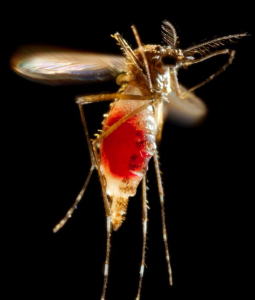The most recent update on the yellow fever outbreak in Brazil reveals additional confirmed cases and deaths since the last update a few days ago. According to the Brazil Ministry of Health, or Ministério da Saúde, as of Feb. 20, 1,286 suspected cases of yellow fever were reported to the Ministry of Health, of which 274 were confirmed.

To date, 92 confirmed yellow fever deaths have been reported, with the case fatality rate among confirmed cases stands at 33.6%.
Of the confirmed cases, 235 have been reported in Minas Gerais state, or 86 percent of the total cases. Seventy-nine of the confirmed fatalities occurred in the state.
As of Feb. 20, 2017, 883 epizootic diseases were reported to the Ministry of Health in non-human primates (PNH), of which 212 remain under investigation, 8 were discarded and 377 were confirmed for yellow fever.
http://outbreaknewstoday.com/yellow-fever-update-33-confirmed-cases-end-death-15774/
